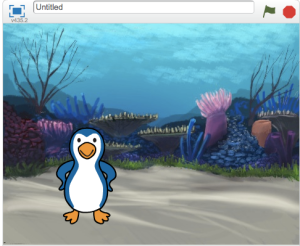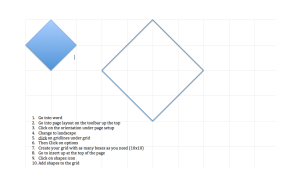Australian people
Australia is one of the most ethnically diverse societies in the world today.
Almost one in four Australian residents were born outside of Australia and many more are first or second generation Australians, the children and grandchildren of recently arrived migrants and refugees.
This wide variety of backgrounds, together with the culture of Indigenous Australians who have lived on the Australian continent for more than 50,000 years, have helped create a uniquely Australian identity and spirit.
Indigenous peoples and cultures
Before the arrival of British colonisers in 1788, Australia was inhabited by the Indigenous peoples – Aborigines and Torres Strait Islanders, sometimes referred to as the First Australians. Aboriginal people inhabited the whole of Australia and Torres Strait Islanders lived on the islands between Australia and Papua New Guinea, in what is now called the Torres Strait.
There were over 500 different clan groups or ‘nations’ around the continent, many with distinctive cultures, beliefs and languages.
Today, Indigenous people make up 2.4 per cent of the total Australian population (about 460,000 out of 22 million people).
The first colony
New South Wales was settled as a penal colony – a place where Britain could send convicted criminals because her prisons were overcrowded. Many convicts had grown up in poverty and committed only minor offences, such as the theft of a loaf of bread. Conditions in the new colony were little better than at home – it took many years for British settlers to understand the different environment of the new colony, and disease and malnutrition were widespread during the first decades of settlement.
Convicts formed the majority of the colony’s population for the first few decades of settlement. Convicts continued being sent to New South Wales until 1823, although as time went by, convicts were increasingly seen as a source of labour to build the colony, rather than just being sent away from Britain as punishment for their crimes.
Free settlers
The first wave of migrants to Australia included men of capital who were attracted by the colony’s agricultural prospects and the availability of convict labour. Their enthusiasm, together with the Gold Rushes era of the mid-nineteenth century, pushed out the boundaries of the new settlement and by the end of the 1850s there were six separate Australian colonies:
- New South Wales
- Tasmania (originally settled in 1803, but separated from New South Wales in 1825)
- Western Australia (established in 1829)
- South Australia, including the Northern Territory (established in 1834)
- Victoria (detached from New South Wales in 1851)
- Queensland (detached from New South Wales in 1859)
Settlers living in Australia in the nineteenth century lived at the frontier of not only a new land, but of a new society.
Becoming Australians
The six Australian colonies were governed independently of each other, but during the second half of the 19th century there was a growing sense of an Australian identity and a push towards establishing Australia as an independent nation under a Federation.
The new nation remained loyal to Britain, and retained its identity as part of the British Empire. Many people thought of themselves as British people, living in a different land. However, substantial migration from Ireland enhanced an Australian identity that was increasingly independent of Britain.
Non-white immigrants were essentially excluded by the restrictions of the new Immigration Restriction Act, which required that they take a dictation test in a specific language with which they were not necessarily familiar. Non-white immigrants were often seen as a threat to working conditions in Australia and to Australia’s ‘British’ character.
Policies such as this were to remain in place until after World War Two, when the government implemented migration schemes that actively sought first British, then European, migrants. Since then, the face of Australia has changed remarkably. While large numbers of migrants have continued to come from traditional sources like the United Kingdom and New Zealand, there have been large numbers of people from countries as diverse as Italy, Greece, China, Vietnam and Lebanon. Their contribution to Australian society, culture and prosperity has been an important factor in shaping the modern Australia.
Population today
Australia’s population today is roughly 22 million people. The country’s vast openness means it has the lowest population density in the world – only two people per square kilometre.
The Australian Bureau of Statistics (ABS) produces population estimates for the Australian Government and people. The ABS Population clock– external site displays the current estimate of the resident population of Australia.
http://www.australia.gov.au/about-australia/our-country/our-people




